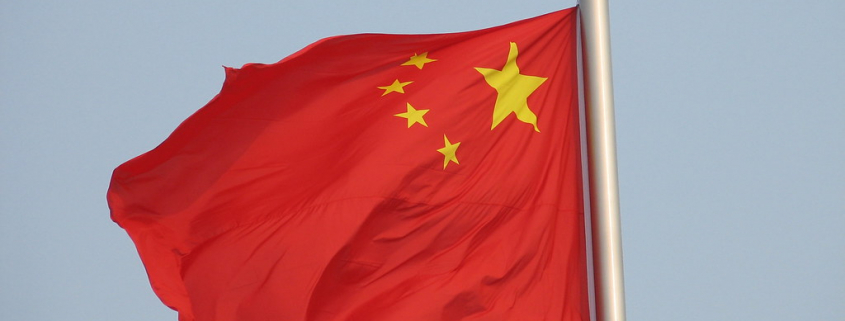By region, Europe is the world’s largest market for biostimulant, and its market is expected to reach $1.1 billion by 2022. There are relatively many biostimulant companies in Europe. According to the European Biostimulant Industry Association (EBIC), there are nearly 200 biostimulant manufacturers in Europe. A major feature of European biostimulant companies is that they invest heavily in research and development, typically using 3 to 10% of annual revenue for research and development.

The United States is the world’s second largest bio-stimulant market. The bio-stimulant market in 2016 was US $425 million. It is expected to reach US $646 million to US $7.66 billion by 2023, with a compound annual growth rate (CAGR) of 12.5%. The mainstream biostimulant products include a mixture of microbial products and biostimulants, which account for 40% of the total market share. Humic acid and fulvic acid account for 14% of the market, followed by seaweed and plant extracts, amino acids and protein hydrolysates.
Latin America is a fast-growing market with the market forecast of $312 million in 2018 and an estimated $522 million by 2023.
The demand for biostimulants in the Asia Pacific region continues to grow and is expected to become the world’s largest market for biostimulants. The biostimulant market for 2018 is estimated at $445 million and is expected to reach $691 million by 2022. The rapid development of sustainable agricultural practices in the region in order to meet export quality standards in the Asia Pacific region has increased the market potential of biostimulant producers, enabling them to develop and produce a wide range of products based on amino acids, humic acids and seaweed extracts.
By country, the United States is the world’s largest market for biostimulants, but the market is very fragmented, with more than 40 manufacturing companies, most of which have a turnover of less than $3 million and more than 400 products. The best opportunity market for producers is field crops, fruits and vegetables, and nuts, because this is a relatively immature organic agriculture sector where farmers have the ability to accept and manufacturers are innovative and influential. The high market share of the Daejeon market is based on the expanding potential of soy and cotton bioseed processing.
In addition, there are several countries with large demand, including China, Australia, etc., and biostimulants will have higher growth in markets such as China, India or Australia.
By active ingredient, acid and extract biostimulants account for 90% of the market share. The acid biostimulant includes amino acids, humic acids, fulvic acids, and the like; the extract biostimulant includes a seaweed extract and the like.
From the perspective of crop types, biostimulants are most commonly used in row crops, and are applied significantly on, for example, sugar cane, cotton, and corn. However, in the field of lawns and ornamental plants, the application of biostimulant is also growing rapidly, which is worth noting.
From the application point of view, foliar is an application method of providing biostimulants to crop plants through spray. 73% global biostimulants market is covered by foliar application which is estimated to grow 2 folds from 2011 to 2018. Europe is biggest biostimulants market with foliar application. Soil application is second most used method, which is estimated to reach $180.4 million by 2018, growing at CAGR of 13.1% from 2013 to 2018.
In the past five years, the world’s major biostimulant companies have been expanding into emerging markets through new products, investment expansion and other means. In this context, these major players acquired seaweed producers and extractors to gain access to important technologies. Biostimulant producers are actively developing cost-effective production processes to reduce the cost of active ingredients, which has also led the market to move forward. The popularity of biostimulants depends on farmers’ perceptions of their composition and benefits. With the popularization of biostimulants concepts at the farmers and distributor levels in recent years, biostimulants have gained recognition and recognition. It is believed that in the next five years, China’s biostimulant industry will take advantage of the policy of good express trains to achieve leapfrog development.
Source: www.agropages.com
Image source: “Chinese flag” by Philip Jägenstedt is marked with CC BY 2.0.


